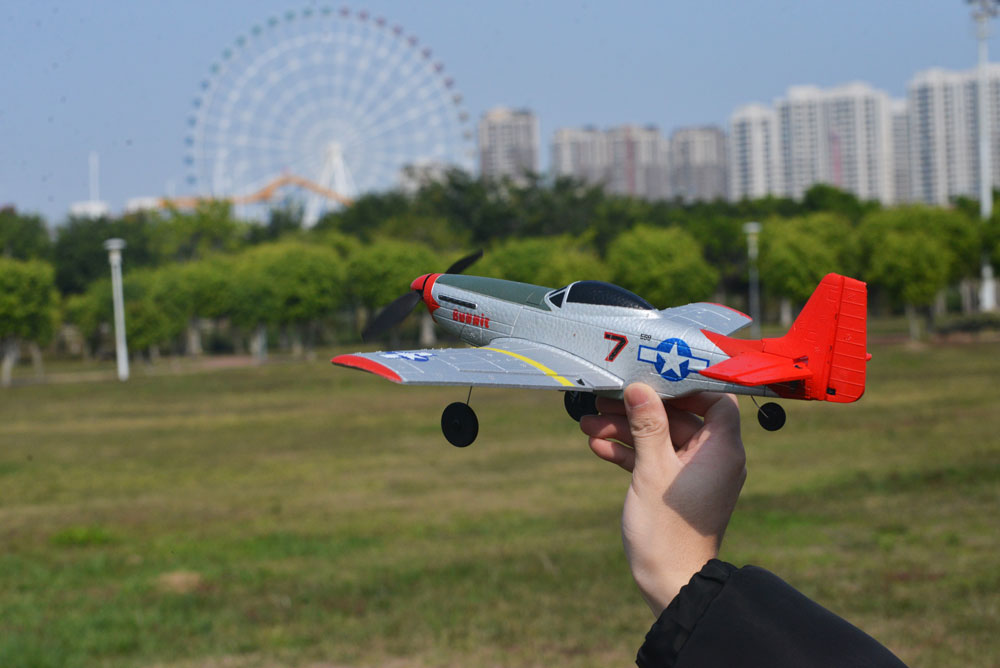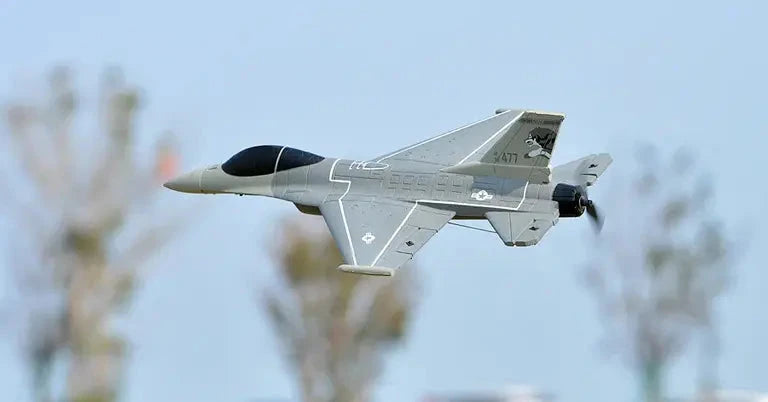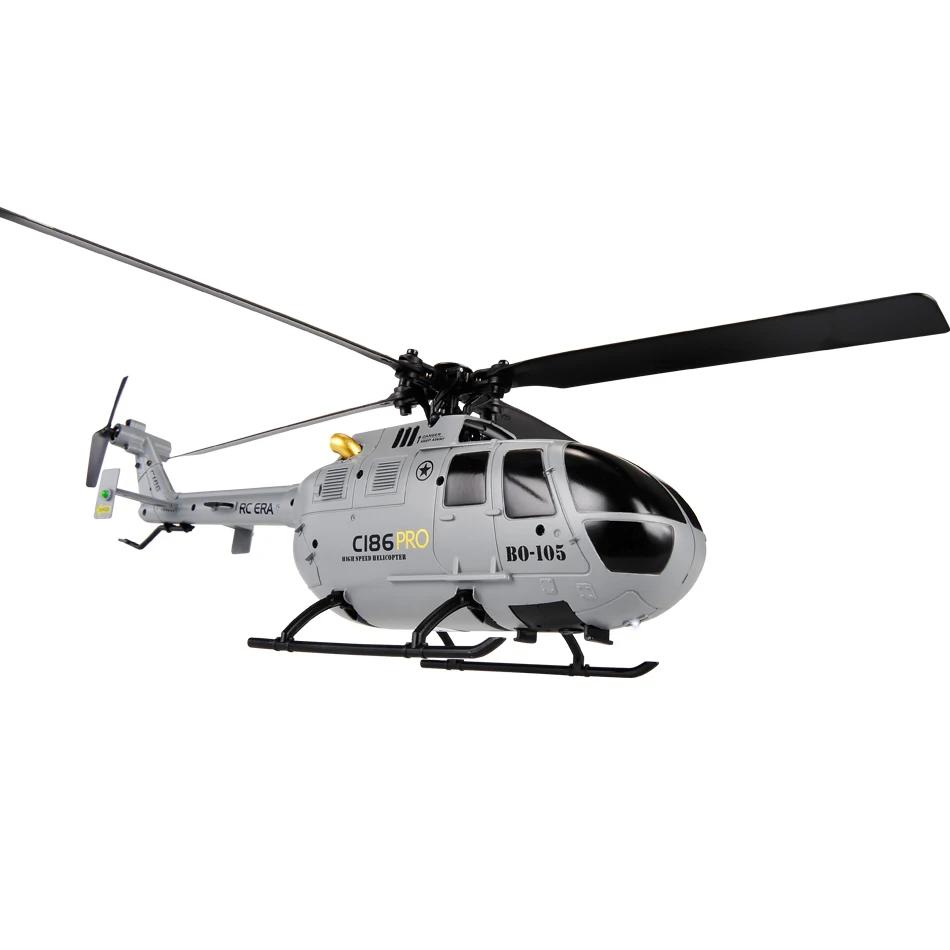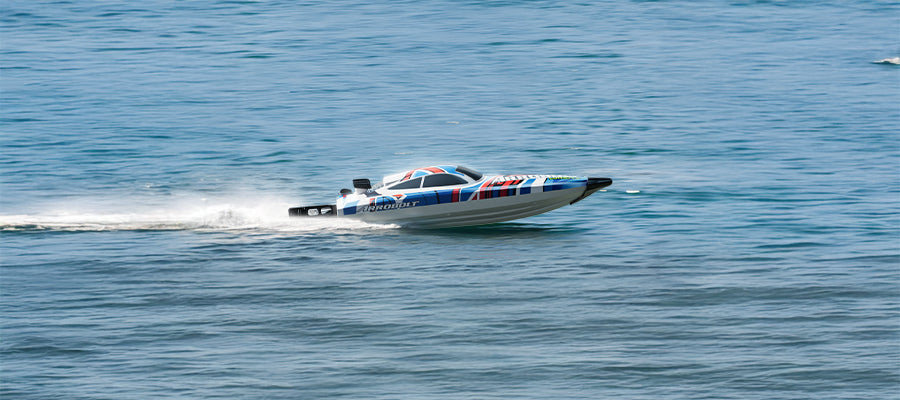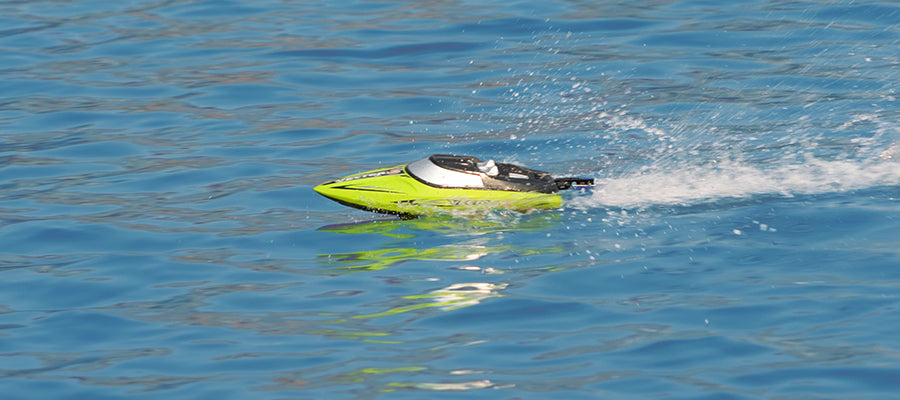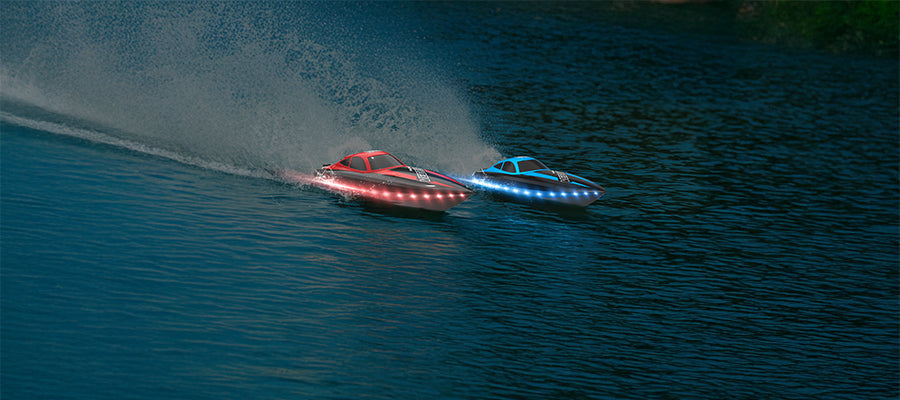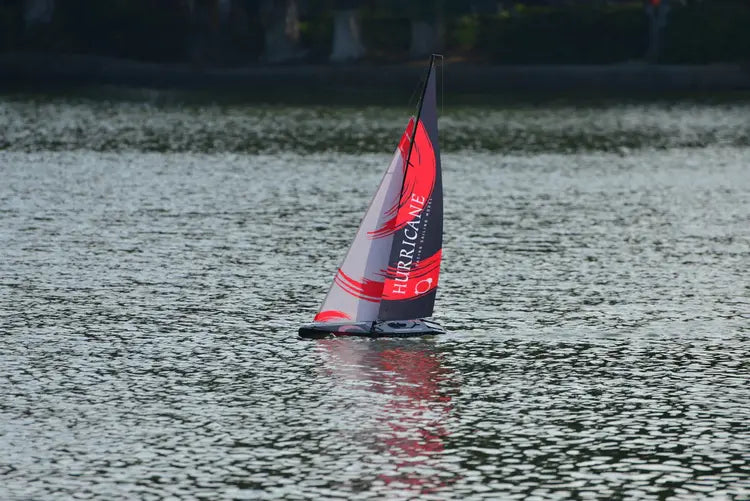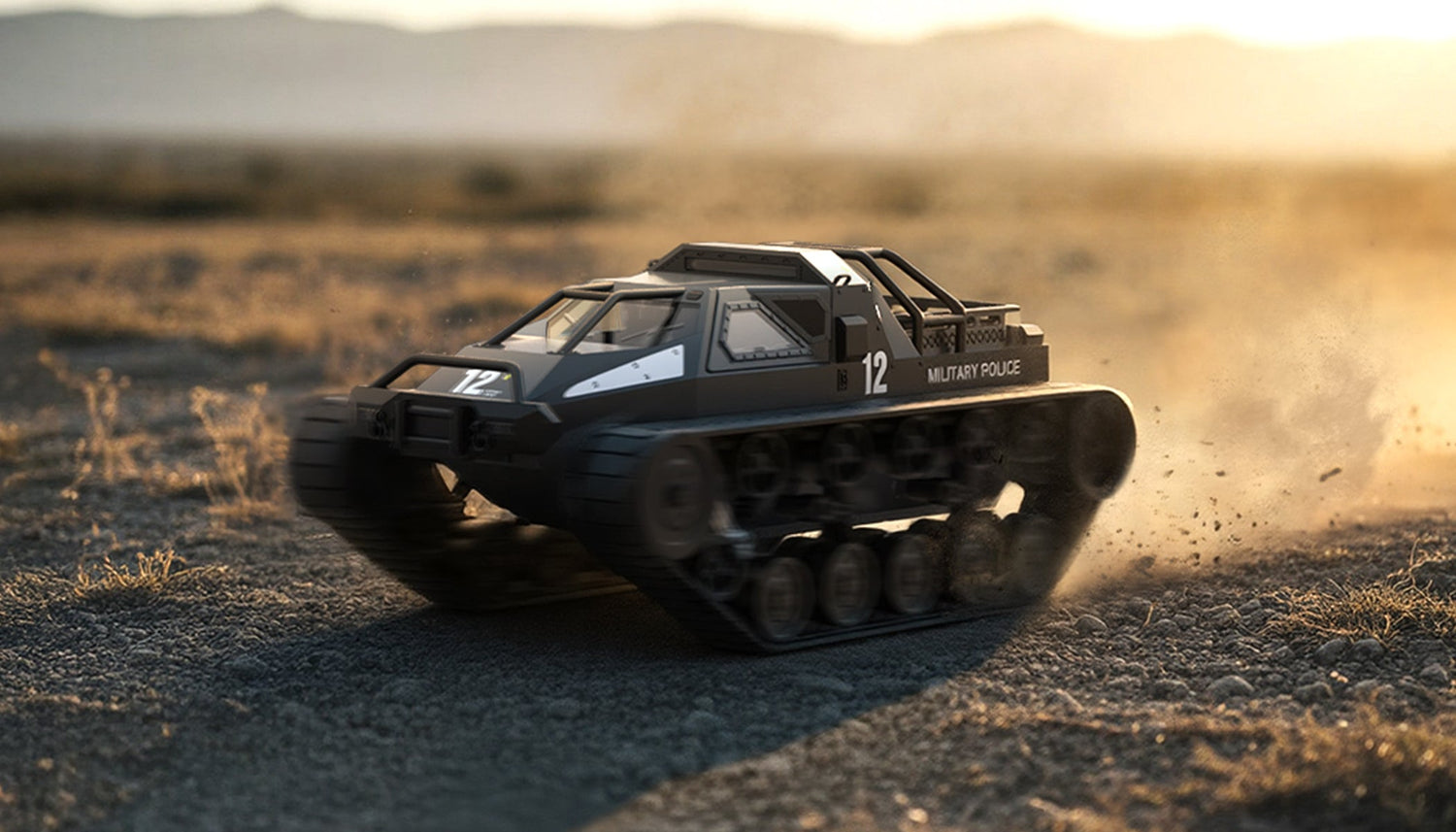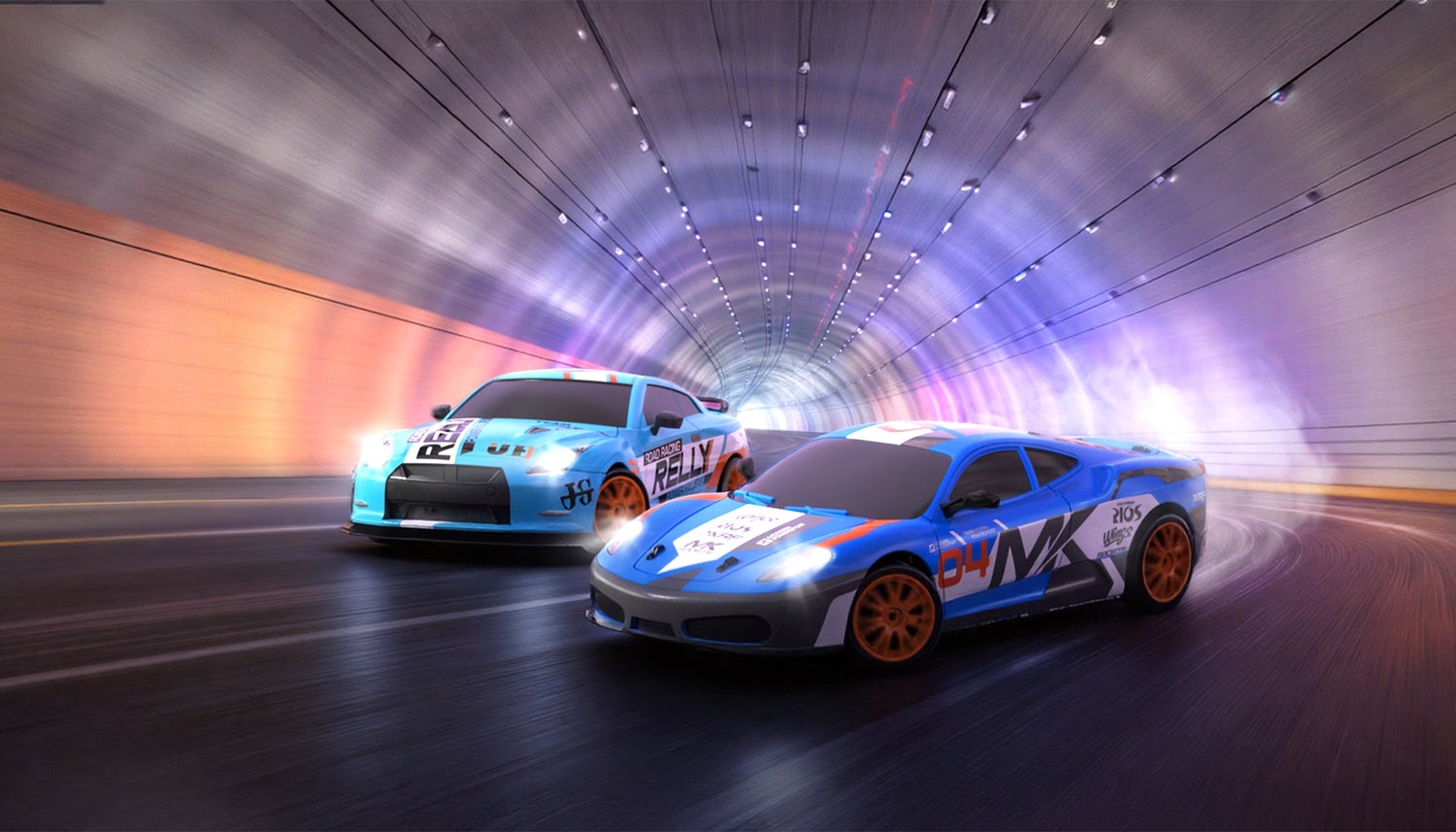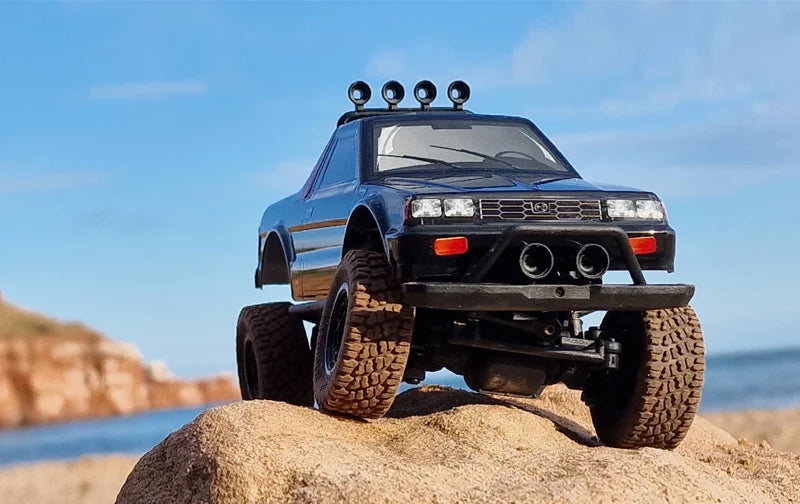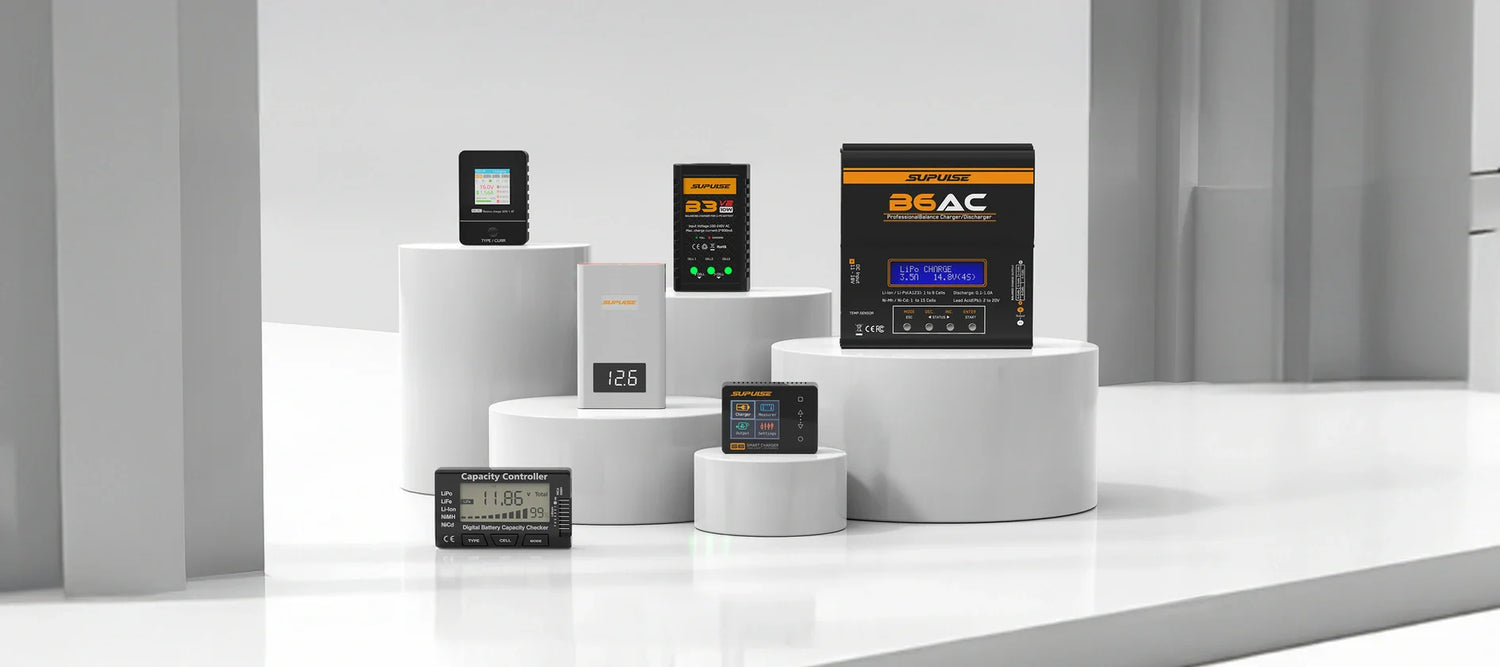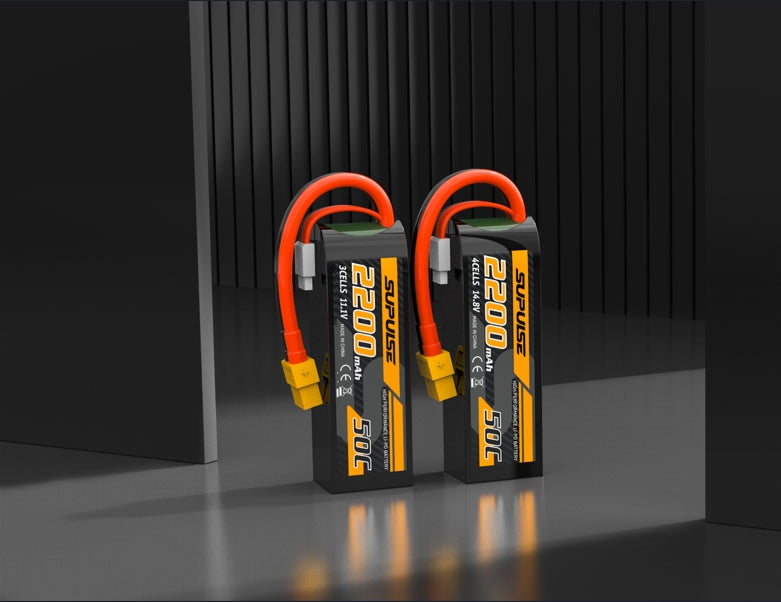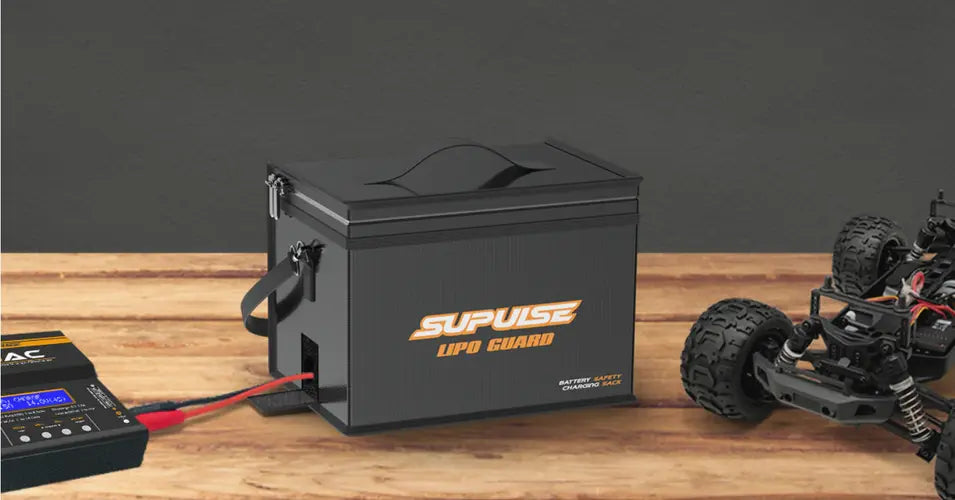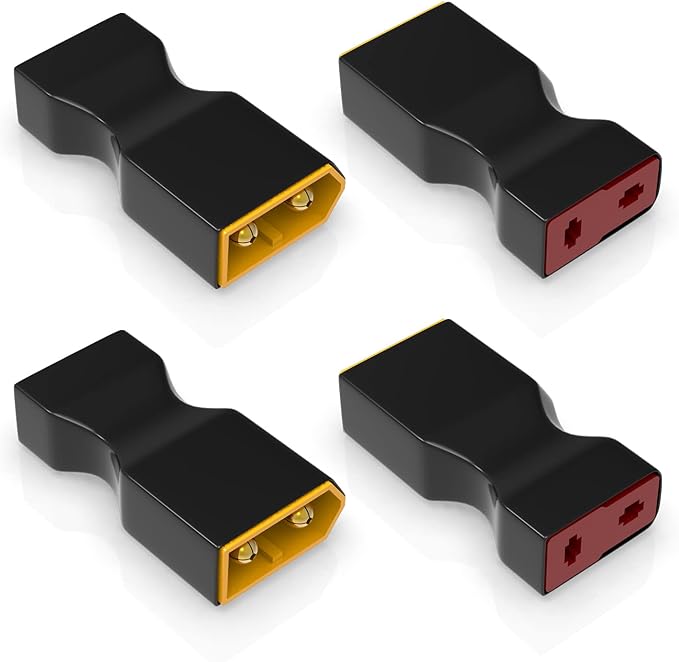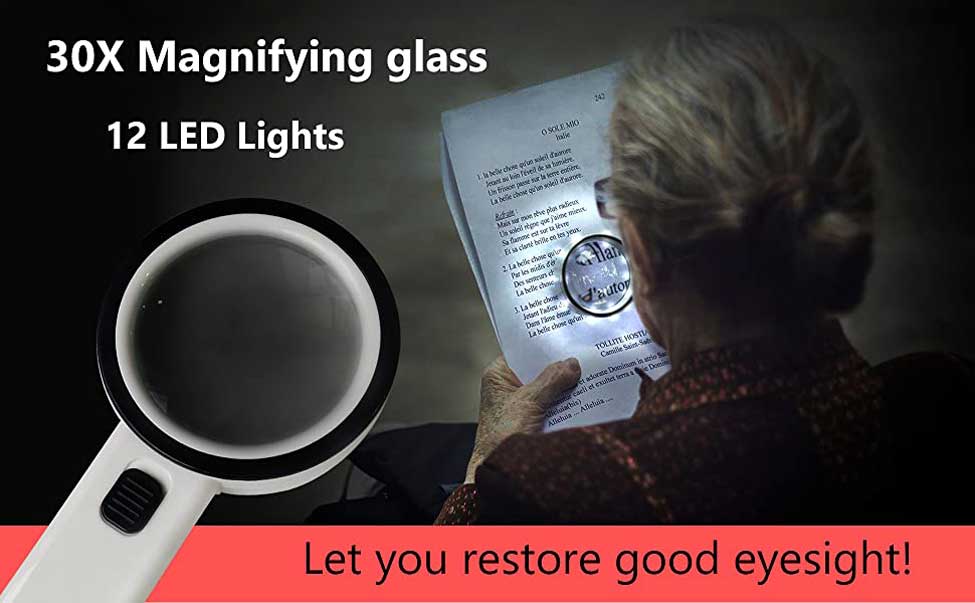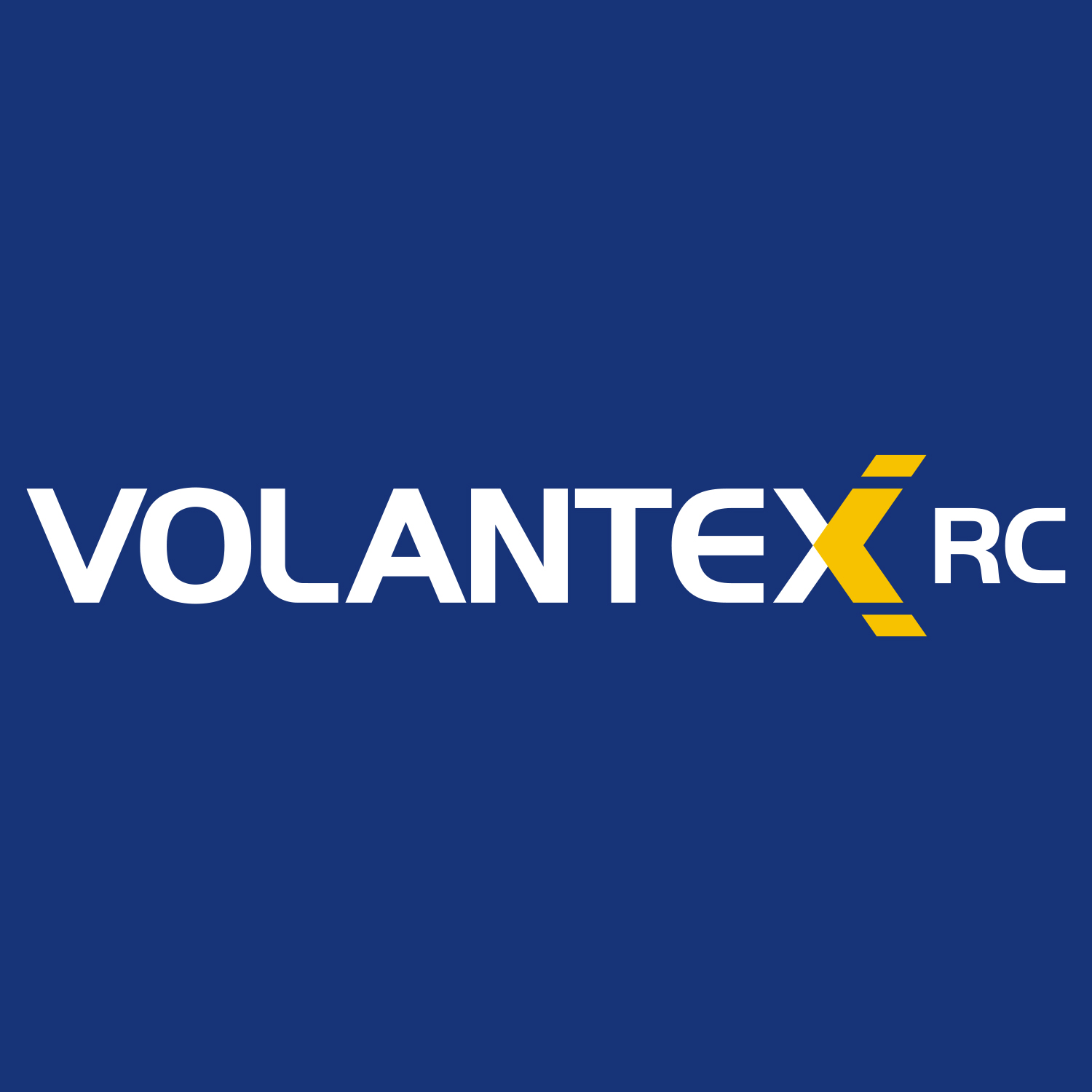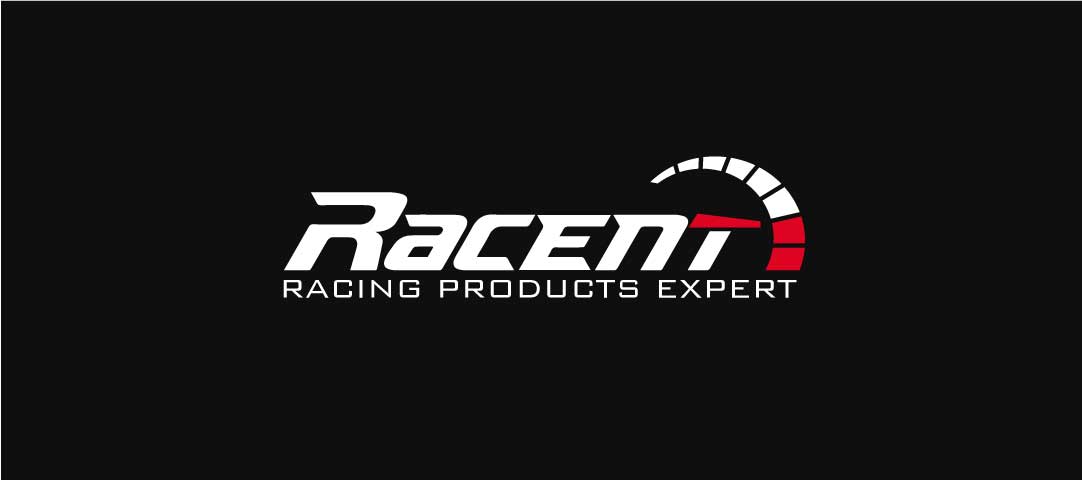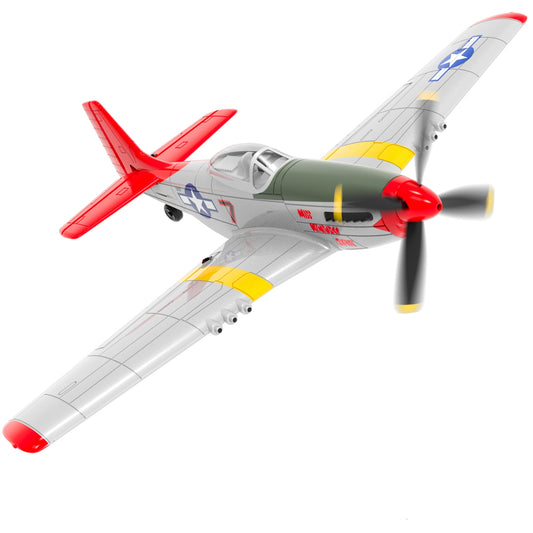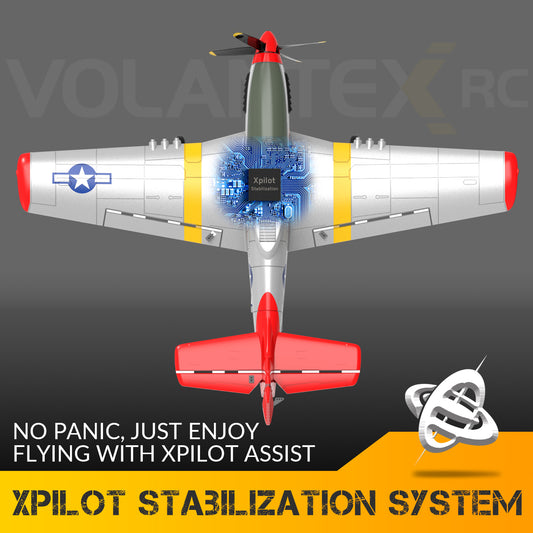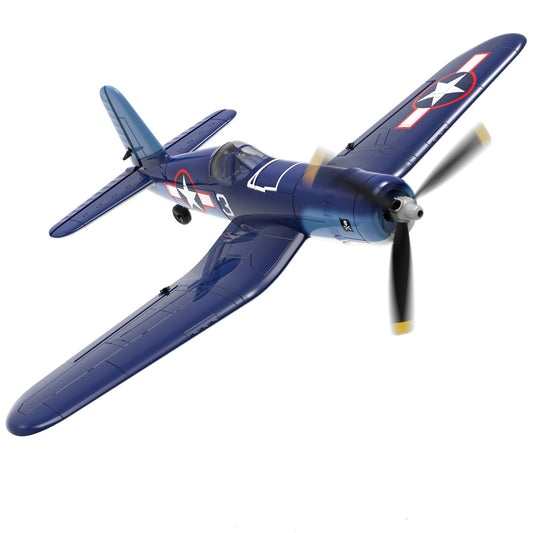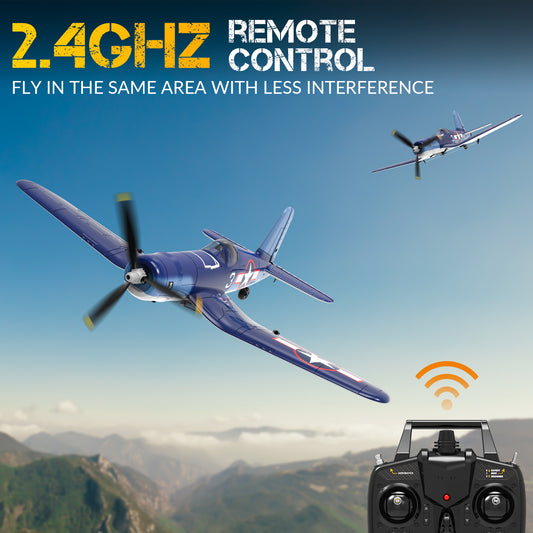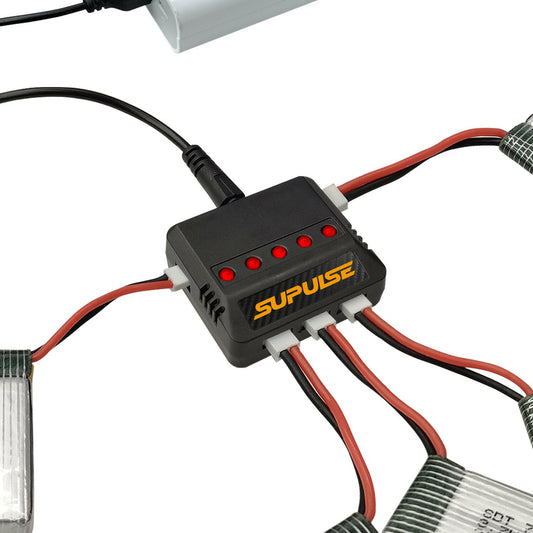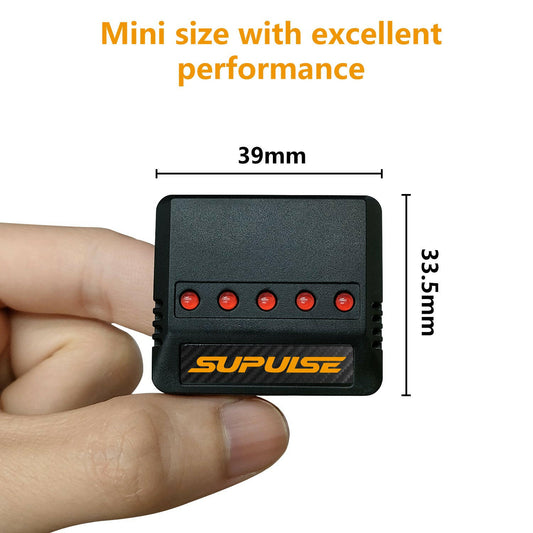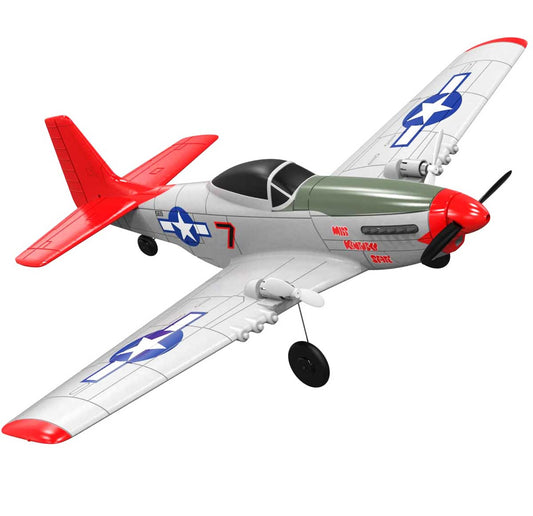
An electronic speed controller (ESC) is an electronic circuit that controls the speed and direction of an electric motor.
Whether the ESC is for a brushed motor or brushless the ESC interprets control information. This is not as in a mechanical motion as found in the case of servo units but rather in a way that varies the switching rate of a network of "Field-Effect Transistors", or more commonly known as FETs. The rapid switching of these transistors is what causes the motor itself to emit its characteristic high pitched whine, this is especially noticeable at lower speeds. These FETs also allow a much smoother and more precise speed control of the motor and in a far more efficient way than the older mechanical type of speed controllers.It contains a resistive coil and moving arms, which we used to see in a lot of models, notably in the model car sector, a few years ago. Most modern brushed and brushless ESC's incorporate a "Battery Eliminator Circuit" (BEC) to regulate a stable voltage to run the receiver and servo's, this removes the requirement to have to carry an extra battery in the model. The BEC's are usually either "Linear" or "Switched Mode".
- Linear BEC's
A linear BEC works by stepping the voltage down from the 7.4v-11.1v we normally use with our Lipo packs to the 5 volts required by the receiver.The higher the lipo voltage and the more power the RX consumes, the more heat is generated as the current flows over this resistor. Too much current will overheat and damage your electronic speed controller or BEC. Not to mention it also wastes a lot of electricity, especially with larger electric airplanes.
- Switched BEC's
Switched BECs effectively lower voltage without generating heat or wasting electricity by rapidly switching the voltage on and off. Some Switched BEC's also allow you to choose whether your receiver is supplied with 5v or 6v, depending on how and what type of aircraft you fly. This switching of the voltage on and off had been known to cause some interference in the past with some radio equipment but this type of interference has these days been just about eliminated with most modern 2.4GHz outfits. As a general rule of thumb, it's best to use a switched BEC if your liPo battery has four or more cells and where high power demands are required. ESC's in a broader sense is Pulse Width Modulation" (PWM) controllers for electric motors. Your receiver puts out a 50Hz PWM signal to the ESC with a variation from 1ms to 2ms, at 1ms the motor will be stationary, at 1.5ms the motor will be running at half speed, and at 2ms it will be running at full speed, you, of course, get a smooth speed control in between these numbers. ESC's for brushed motors are very different from ESC's for brushless motors and are not compatible with each other. You must use a brushless ESC with a brushless motor and a brushed ESC with a brushed motor. They are quite easy to identify, as a brushed ESC has 2 motor wires and a brushless ESC has 3 motor wires.
Controlling A Brushed Motor

As you may know, a brushed motor more or less runs itself mechanically as long as a voltage is applied. To control how fast the motor spins the brushed ESC simply turns the voltage on and off, this is done very rapidly and many times a second. To increase the speed of the motor, the ESC simply increases the amount of time the voltage is turned on and decreases the amount of time that the voltage is turned off. To slow the motor down the process is reversed. The key point in understanding the difference between a brushed ESC and a brushless ESC is that the brushed ESC does not care about the position of the brushed motor armature etc, it just as mentioned before simply turns the voltage on and off.
Controlling A Brushless Motor

Because brushless motors work completely differently, controlling them is an entirely different process. Without brushes, the ESC has no idea of the position of the coils/stator. It needs some kind of feedback from the motor to determine exactly when to energize each pole. Brushless ESC's basically create a "3 phase AC power output from a DC power source to run the motor by sending a sequence of AC signals generated from the ESC's circuitry. This is where the 3 wires now come in, only 2 of the wires are energized by the ESC at any one time. The pole that is not energized at any specific instant will generate a small amount of voltage that is proportional to how fast the motor is spinning; this is known as "Back Electromotive Force" (Back EMF). This small voltage is used by the ESC to determine how fast and in what direction the motor is rotating at any given time. With this information, the ESC knows how to send power to the electromagnets to keep the motor turning. This sensing of the position and what the motor is doing can also be achieved by using a magnetic "Hall Effect" sensor or "Optical" detector, these are more commonly found with model car ESCs and In-Runner brushless motors. Outrunner motors are usually controlled with the "Back EMF" style of controllers.
Computer-programmable speed controllers generally have user-specified options that allow setting low voltage cut-off limits, timing, acceleration, braking, and direction of rotation, and these days much more. Reversing the motor's direction may also be accomplished by switching any two of the three leads from the ESC to the motor.
Choosing An Electronic Speed Controller

ESC's are rated for the maximum current they can handle. The more current an ESC is rated for the more expensive and heavier it will be. Choose an electronic speed controller that is rated for slightly more than what your motor/propeller combination will pull at full throttle. Too much current will damage an electronic speed controller very quickly! On the other hand, too big an ESC is dead weight that will adversely affect the performance of your airplane, is more expensive, and is just not necessary. LiPo batteries will be permanently damaged if the voltage of any cell drops below 3.0 volts. For this reason, LiPo batteries require an electronic speed controller with a low voltage cutoff (LVC). The LVC will cut the power to the motor when the voltage reaches 3.2V, or whatever you pre-program the cut-off to be. You will also need to choose an ESC that can handle the voltage of the battery pack you plan to use, the voltage rating for each ESC is clearly stated in the specifications.
Summary
This just a short, not too technical insight on how Electronic Speed Controllers work, I hope you have enjoyed reading it and now have a little more understanding of how they actually work.

